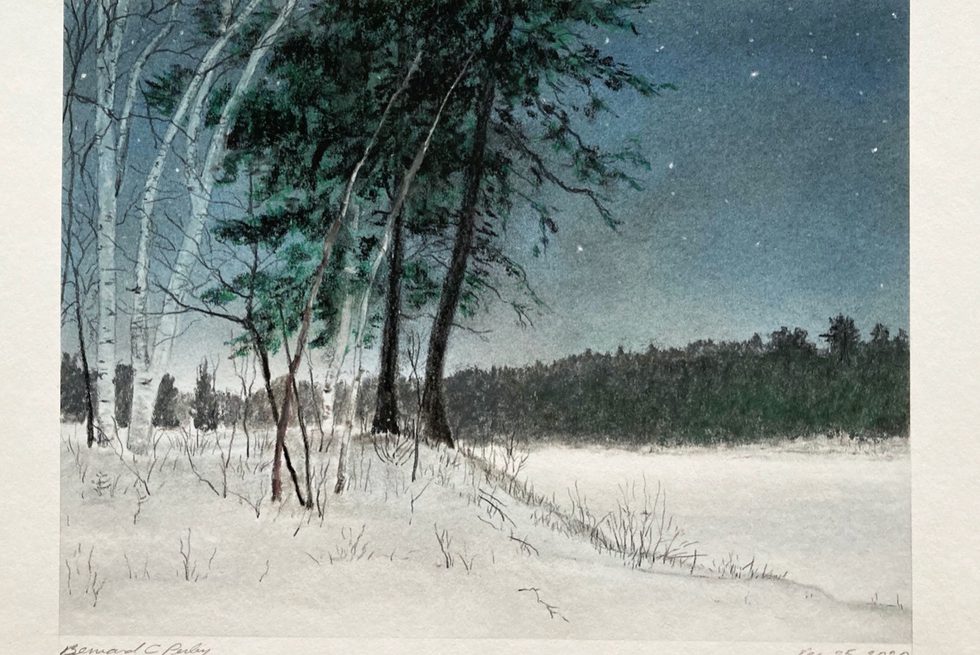Art and Ethnographic Forms in Dark Times: Introduction
From the Series: Art and Ethnographic Forms in Dark Times
From the Series: Art and Ethnographic Forms in Dark Times

This series considers the intersections between ethnography and art, and the playful synergy that emerges between them, even in dark times. The contributors to the series sustain and recuperate joy through a variety of forms: experimenting with ethnographic writing in ways that include visual art, analyzing the place of art works and practices in relation to political processes, studying the fraught yet generative reverberations of the pandemic and structural racisms on ethnographic labor.
The authors of these essays work with and as artists. We are inspired to stretch our disciplined understanding of art to incorporate ethnographic theory, method, writing, and teaching. All of the pieces contribute to thinking about art and the making of ethnography as creative processes borne in desired relation. Each essay engages with questions of memory and materiality; each essay reckons with the tension between form and content, which some of our writers resolve into experiments in ethnographic form. They engage in efforts to concretize what is shared, but also often unspoken, in ethnographic practice. The whole—from exuberant exercises in collectivity to singular creations of image and text, each situated within larger dynamics of struggle and precarity—is more than the sum of its parts. Taken together, we are contributing to both an anthropology of art(s) and the art(s) of anthropology. We live and make not in an either/or but in a both-and world: sensate and incomplete, fractured and lovely.
The material creation of art from ethnographic experience and the transformation of ethnography into art helps us to think about complex social processes, from climate change and species extinction to racialization, refugee rights, and collective memory. What and how we remember is expressed in visual image, storytelling, and language vitality that are braided into ethnographic renderings as art. Ethnographic art allows us to account for the contradictory impulses of memory, as well as for ethnographic moments that often escape what can be articulated in words, that appear in and through gesture. We aim to understand how this tension—between the flexibility and constraints of language and the infinite dynamism of social reality—finds expression through different forms of art.
Creativity in ethnographic form—one building on and borrowing from different aesthetic repertoires—can be a way of making sense of light and darkness in everyday life, and in extraordinary times. Taking seriously the content of daily experience is an indeterminate, meticulous choreography. It entails allowing language to bend. We break the orderly logic of academic expression, letting ideas coalesce into experimental modes of thinking and creating. Art of different forms lend structure and inspiration to other aspects of our labor: as scholars, as teachers, as witnesses to lived experience and co-conspirators in social change. Playing with ethnographic form on, or spilling beyond, the page is an exercise in stretching our imaginations reminiscent of the one needed to imagine futures otherwise. In the dual pandemics that have illustrated global and local inequalities but also painfully emphasized the privilege of immunity, we hope to inspire thinking about bodies that are porous and connected through art and creative process. This effort illuminates our connectedness, our shared vulnerability, and our responsibility to futures that exceed the boundaries of our own bodies, communities, and nation-states.